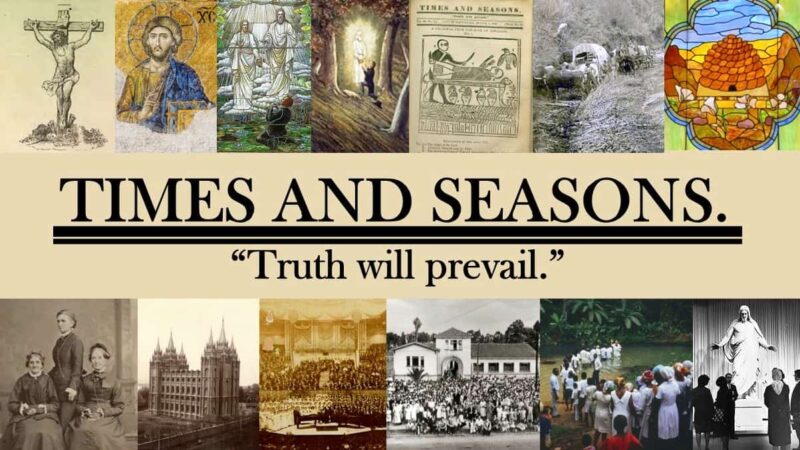-
•
•
13 responses
Call it an archetype, call it folklore. Whatever you call it, the idea of finding something fantastical in an old book in a library, or in a book hidden away centuries ago, is one of those things that rattles around in our minds and has been rattling around our culture for centuries if not millennia: think of the popular mystique surrounding the Dead Sea Scrolls, the various secrets (real or fanciful) thought to be contained in the Vatican archives, or the final resting place of the Ark of the Covenant in Raiders of the Lost Ark. Read More
-
•
•

I recently finished reading a history of the Nation of Islam, and was struck by the parallels and sometimes contrasts between its recent history and that of the Community of Christ. In both cases you had a faith that was an eclectic variation on a mainstream tradition–for the Community of Christ Christianity, and for the Nation of Islam Islam. In both cases you have a top leader who more or less inherited his position through a father-to-son transmission, but who paradoxically didn’t really buy into the eclectic religious beliefs of the faith he inherited, so they moved to mainstream… Read More
-
•
•
The fourth out of the seven books in the Themes in the Doctrine and Covenants series that I read is the one by Amy Easton on Divine Aid. As the title implies, the book posits that a repeated theme in the Doctrine and Covenants is divine aid, offered in a variety of ways. As with other volumes in the series, it offers a blend of devotional and scholarly analysis of the Doctrine and Covenants and other related texts to reveal insights that can impact the reader’s life. One of the key concepts that stood out to me is that understanding… Read More
-
•
•
One response
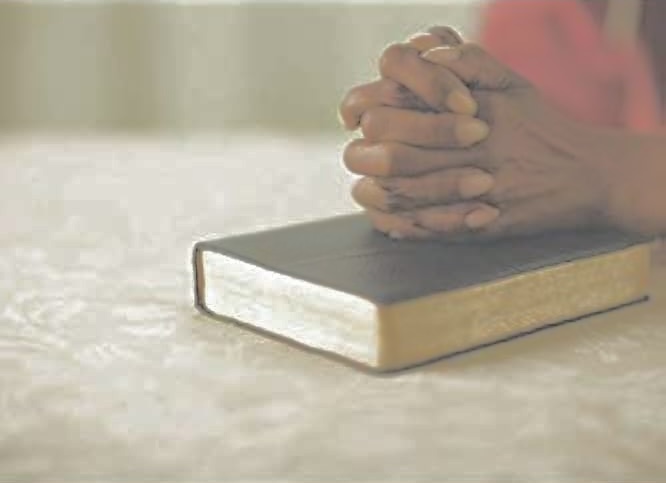
The restoration of the gospel can be seen as having two different aspects: the personal and the communitarian. While the First Vision is seen as indicating which Church to join, it is also a personal interaction between a 14-year-old boy and his God. Subsequent events in the restoration can also be seen in the same way. When Oliver Cowdery met Joseph Smith, not only did everyone benefit as the translation of the Book of Mormon proceeded, but Oliver himself went through a process of spiritual growth, during which he tested his own ability to translate and learned about how to… Read More
-
•
•
27 responses
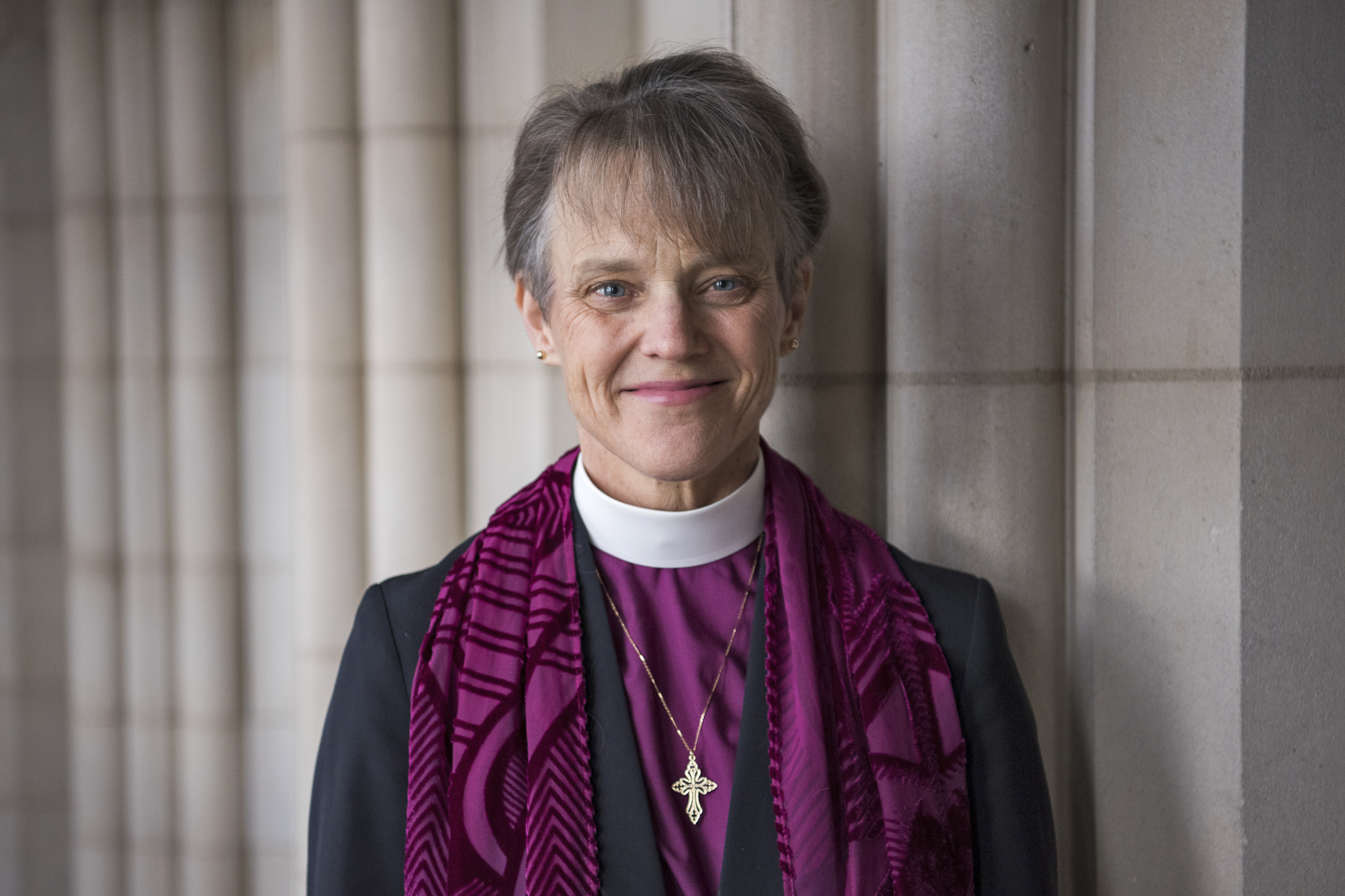
Bishop Mariann Edgar Budde, the Episcopal Bishop of Washington DC has received a lot of attention for her remarks earlier this week at a prayer breakfast attended by the new occupant of the White House, which also drew a demand for her to apologize. The controversy raises a number of questions, I think, especially if you think she should not have made them. I had a lot of questions when I imagined if an LDS Stake President or Area Authority (or maybe even General Authority) had been asked to speak at such an event. What would or should he say? Read More
-
•
•
The woman known as Julian of Norwich was a mystic and a visionary who offered a theology that was focused on God’s love. She is a somewhat obscure figure, but one who is worth learning about. To that end, Fiona Givens discussed Julian of Norwich in a recent post at the Latter-day Saint history blog From the Desk. What follows here is a copost to the full interview. Read More
-
•
•
9 responses
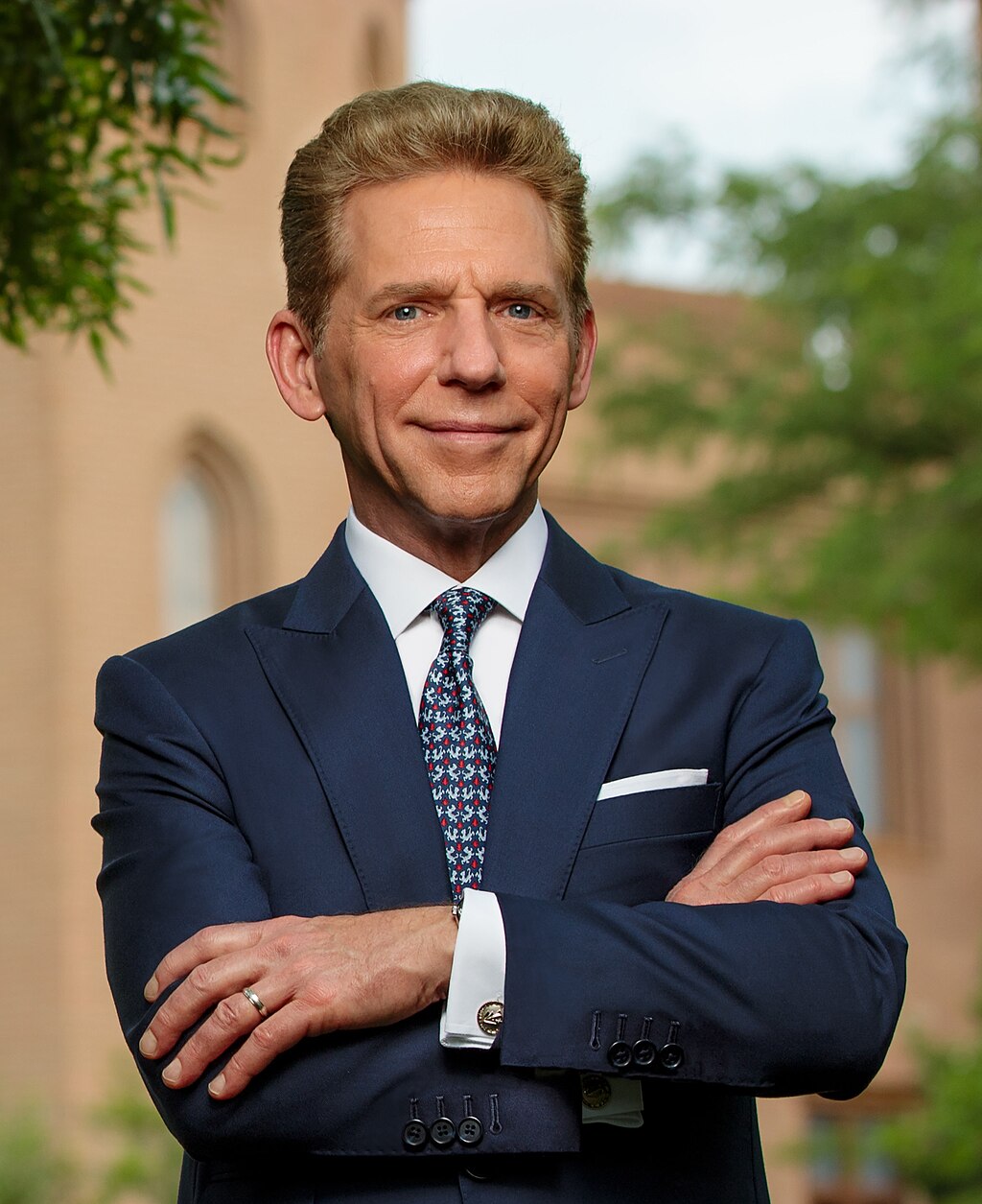
David Miscavige, the leader of Scientology Is it ever okay to criticize a faith? One can think of extreme situations that we can all agree on. The Aum Shinrikyo New Religious Movement (like most religion scholars, I bristle at the use of the term “cult,” since it disparages religions just for being small and new, when older, more established faiths can be just as demanding, particular, or dangerous) released sarin gas in the Tokyo subway in 1995, killing 13 commuters, and probably assassinated a lawyer who was working on a case against them. Perhaps most famously Jim Jones led virtually… Read More
-
•
•
Continuing my reviews of the Themes in the Doctrine and Covenants series by Maxwell Institute, we come to the one on Revelation by Janiece Johnson. Of all the books in the series that I’ve read so far, this one is the one that leans the most heavily into the devotional and practical side of the series. To be clear, that is not a bad thing—it still contains great analysis and discussion of the scriptures in the Doctrine and Covenants and the context of the Restoration, but is primarily focused on discussion around how to receive revelation. She even addresses things… Read More
-
•
•
2 responses
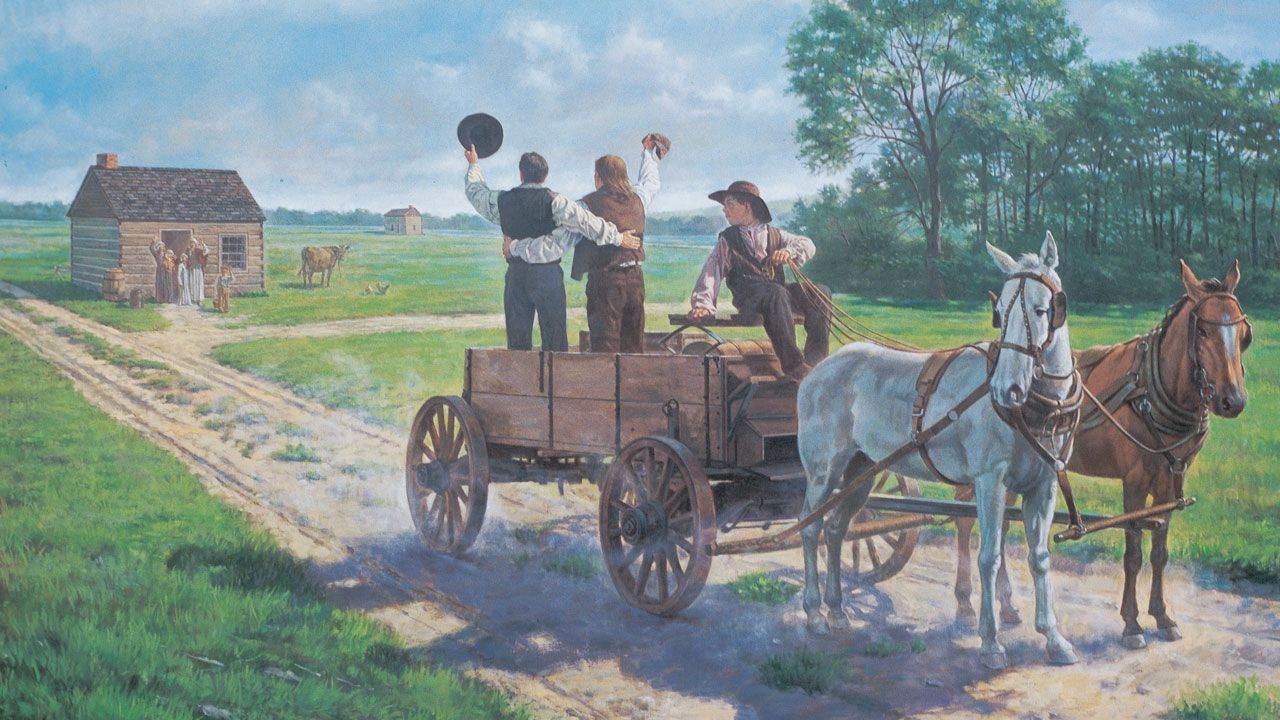
How do ideas spread? If the truth has been lost, what is the best way for it to become known again? It is one thing to give Joseph Smith the First Vision and quite another for that vision to spread among large numbers of God’s children—and I suspect that how the spread of new religious knowledge happens is heavily dependent on the technology and culture available. What worked in Joseph Smith’s day likely wouldn’t work today — and given the history of the Church, its amazing that it worked then! While my historical framing might suggest that these are academic… Read More
-
•
•
11 responses
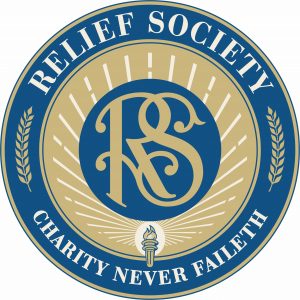
It’s an old adage in Latter-day Saint circles that the Relief Society is the “oldest women’s organization in the world.” To be fair, I searched around briefly and could not find any current Church reference to it being the oldest, just “one of the oldest,” although I did find some speculation that it was the oldest. Still, I informally hear the unqualified bit about them being the “oldest,” so I thought some mythbusting was in order. First, the Ladies’ Association of Philadelphia was founded in 1780 to help the Revolutionary War effort. Interestingly, their fundraised funds went to Continental Army uniforms… Read More
-
•
•
5 responses
My big project for the year associated with Come, Follow Me is working on an annotated Doctrine and Covenants and closely related content. For this part of the project, I am going through the assigned reading each week and comparing every major edition of the text that I can find (including those available through the Joseph Smith Papers Project) to note differences, and making remarks about scholarship that I’ve read or intertextuality with other scriptures. With this week focusing on the first part of Joseph Smith—History, it’s been interesting to see the text develop over the years. Read More
-
•
•
One response
With American Primeval, Netflix has once again put Mormonism in its sights as the subject in a drama, this time including the Mountain Meadows Massacre (the latest in a long line of portrayals of that event). While that event casts a long shadow over nineteenth century Mormonism’s experience in the western United States, there are a lot of more interesting events and figures that could be discussed. For example, in a recent interview at the Latter-day Saint history blog From the Desk, Todd Compton discussed the legendary explorer and Native American missionary Jacob Hamblin. What follows here is a copost… Read More
-
•
•
32 responses
“I sup[pose] I am not all[ow]d to go into investing[atio]n but what is cont[aine]d in the Bible & I think is so many wise men who wo[ul]d put me to death for treason,” Joseph Smith declared in the King Follett Sermon.[1] Smith then went onto make a claim about the first phrase in Genesis, a claim that Lance Owen noted was in line with the Zohar’s (a Kabbalistic text) reading of Genesis 1:1. Owens also noted that a Nauvoo tutor of JS, Alexander Neibaur, showed knowledge of Kabbalah.[2] Read More
-
•
•
17 responses
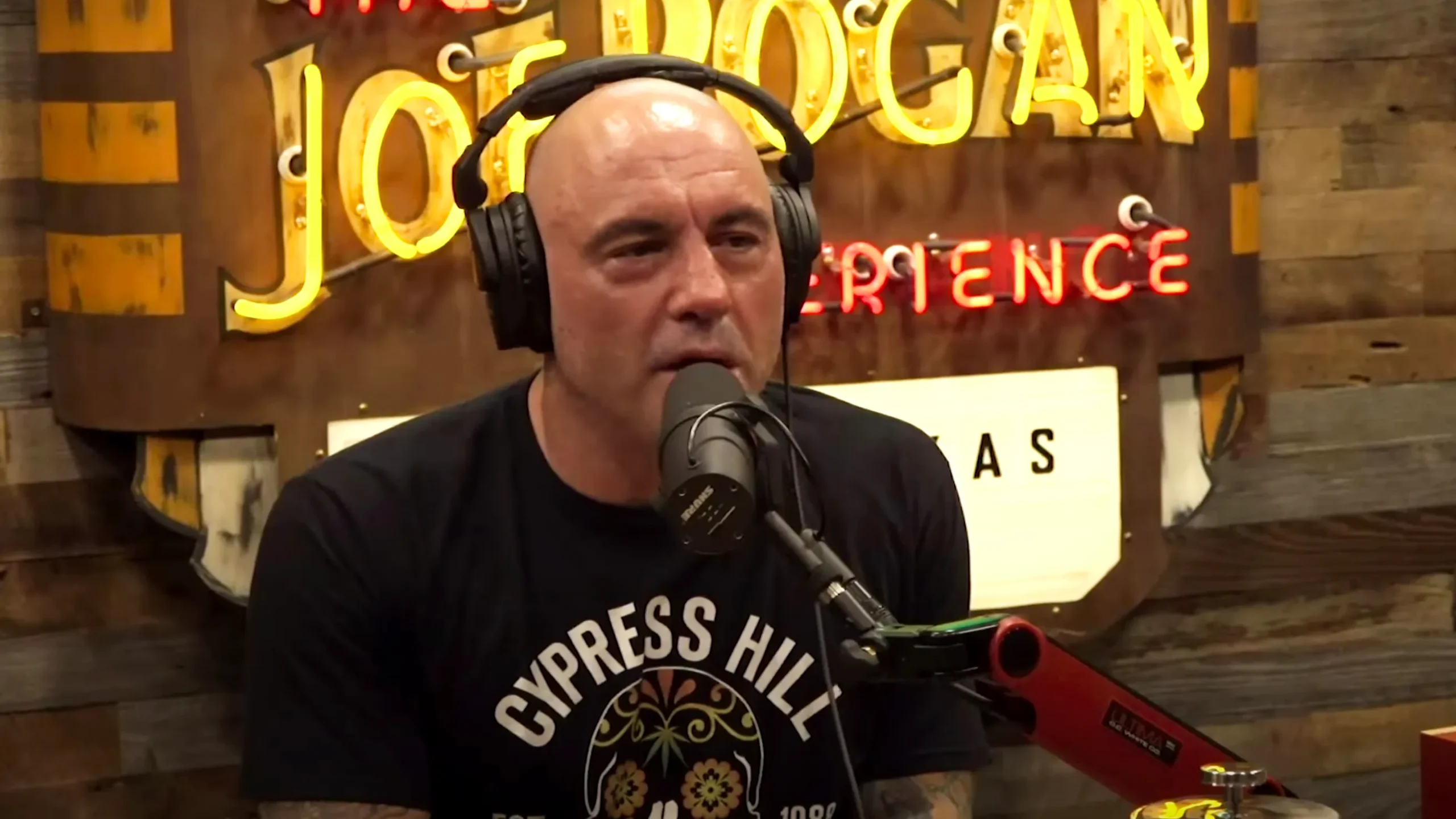
Joe Rogan is one of the top if not the top podcaster in the world today. He commands a huge audience. In the same way that being on Johnny Carson back in the day could make a career, so too is a spot on Rogan considered a golden ticket, especially in the comedy world. He also likes to talk about us. Like many people, he thinks we’re the nicest people in the world but our beliefs are super dumb and weird. Like with many religions he tends to garble his facts. I was particularly amused when, when interviewing Ben Shapiro,… Read More
-
•
•
2 responses
As I mentioned recently, I’ve been excited about the Maxwell Institute’s “Themes in the Doctrine and Covenants” series. So far, I’ve read four books out of seven, and the entry by Terryl L. Givens on Agency has been my favorite. It’s a beautiful blend of theological and devotional reflection that leans heavier into the comparative literature and theological side of the equation, more in the vein of the “brief theological introductions to the Book of Mormon” series than other entries in this series that I’ve read so far. Read More
-
•
•
The phrase “The Hearts of the Children Shall Turn to Their Fathers” has a different meaning for LDS Church members than it does in any other group that relies on Old Testament scripture. We conflate this phrase with a wide variety of theological topics, including family history, temple sealing and even, as in the current Come Follow Me lesson, the restoration. In this sense, the phrase suggests that we need to turn our hearts to putting in place an analogue of what enabled our predecessors to connect with God. And in its broadest sense, this not only refers to religious… Read More
-
•
•
15 responses
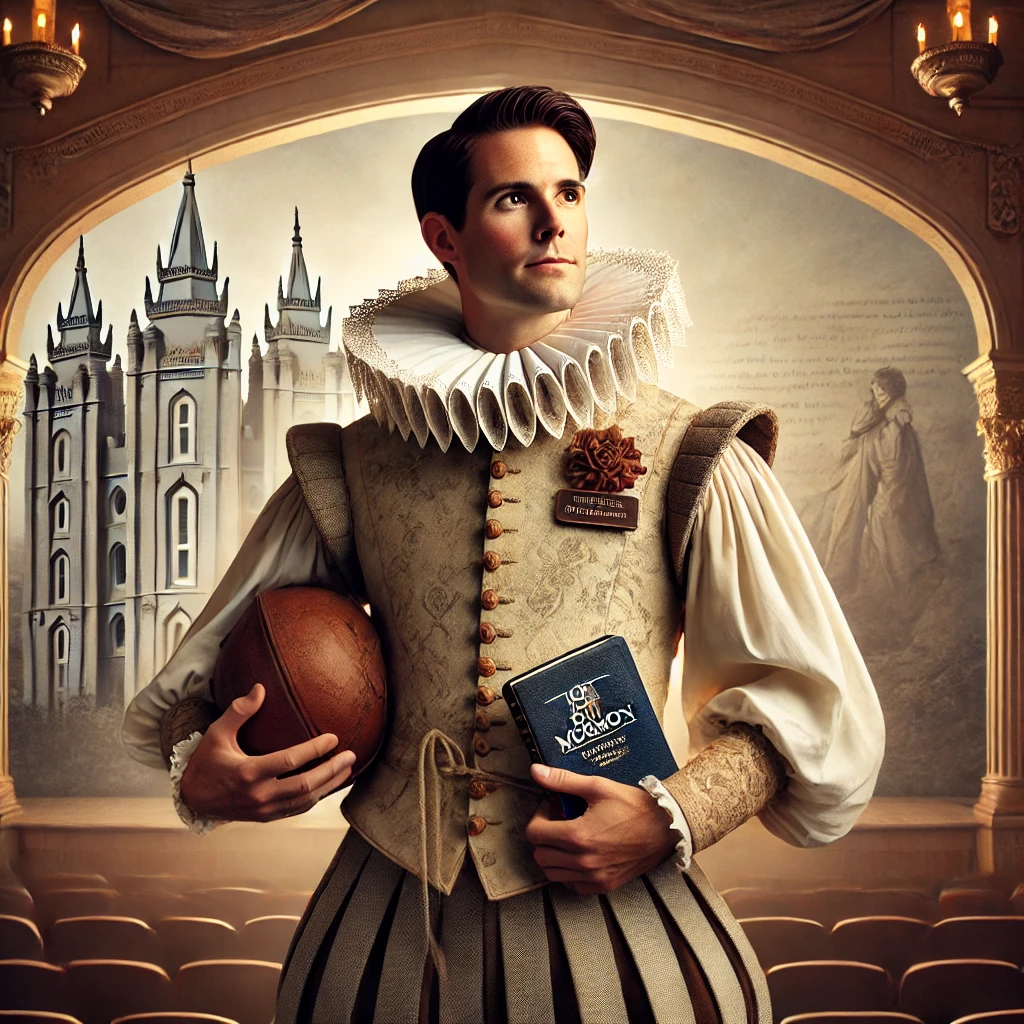
“Mormon Shakespeare,” Not the greatest, but I’m too cheap to pay the $30 a month for a Midjourney membership to make it better. Occasionally you have an idea percolating in the back of your head that you intend to eventually develop and write out, only to find that somebody has already quite adequately made the argument, thus relieving you from the obligation to spend time to write it up. Such recently happened with a Substack piece I ran across. (And yes, Sam Bankman-Fried is not the paragon of moral or intellectual rigour, and according to Wikipedia the author of the… Read More
-
•
•
23 responses
No doubt SOME found the posts unwelcome in challenging a historical theology central to belief. That’s totally understandable, and I’m guessing that attitude would fit the vast majority of active members. A similar percentage would likely find debates over controversial topics in Mormon history unwelcome. Lots aren’t interested in delving in. Read More
-
•
•
15 responses
A telling aspect of the Restoration is what the golden plates couldn’t do. Read More
-
•
•
One response
The BYU Maxwell Institute has followed up their previous series of Brief Theological Introductions to the Book of Mormon with a similar series focused on Themes in the Doctrine and Covenants. I’ve been excited about them since I heard about them a couple years ago at a Global Mormon Studies conference, so I was very happy when I got my set last month. The first one that I read was the one on Redeeming the Dead by Amy Harris, and I enjoyed it. Read More
-
•
•
26 responses
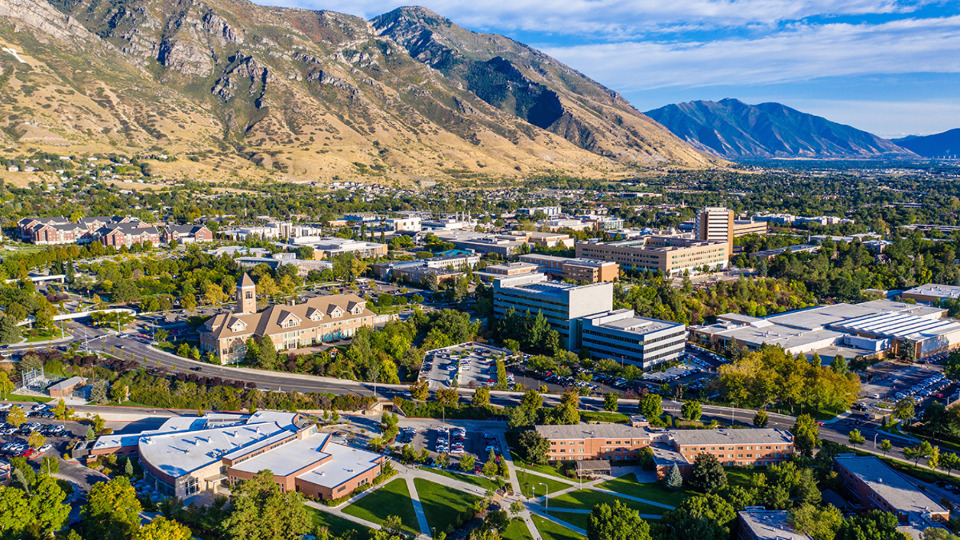
Every year or so there’s some post or article about BYU performing boundary maintenance, and another one just dropped. I’ve already said most of what I have to say about this issue elsewhere, but I just wanted to point out that if you applied for a US sociology faculty position and it was discovered that you, say, were against gay marriage, or were even a vocal pro-life proponent, even if it had nothing to do with your research (not that that should matter), it would have significant implications for your employability, and people who claim otherwise are either completely clueless or… Read More
-
•
•
The First Vision is clearly one of the major images or symbols of the restoration. We reference the image of a pillar of light regularly in our literature, although I sometimes think that we don’t use the image as broadly as we might—the pipe-like image of delivering revelation, the brightness in the midst of darkness, the enlightening of a specific portion of the world, etc., could give the writer a lot to work with. Read More
-
•
•
35 responses
Reading Stephen’s Old Testament posts I found them interesting but tended to come back to how to think about certainty. I started writing a comment but once I hit 500 words I figured it made more sense to just write a separate post. Start with a general observation: the claim “in the field of x, there is no evidence for y” tends to conflate two claims, one much stronger than the other. The strong claim is that “we have a lot of evidence and we know a lot about things around x, so we can rule out y as true”.… Read More
-
•
•
2 responses

A few years ago I wrote a post on spiritually moving great art. Since then I have kept a Google Doc where I keep copies of good art that I find, so I thought it was time for a part II. Don’t worry, this isn’t another excuse to be a shill for the glorious AI revolution where people demonstrably can’t tell the difference between AI and non-AI creative products and the artist community goes the way of blacksmithery. (Okay, trolling over.) As far as I know all of this art is made by people with warm flesh and beating hearts.… Read More
-
•
•
12 responses
Before I move on, I’m feeling like we’re getting a little confused over a few issues. 1) Claiming that the more “standard views” of the books I’ve mentioned are somehow novel or unsupported. 2) That I’m somehow going out on a limb by presenting such views as “pretty standard.” 3) That I’m doing something edgy and potentially heretical by reading some biblical scholarship. “To be learned is good,” 2 Nephi 9:29 tell us. Again, I’m no biblical expert, but I don’t see myself as being bad by reading up on some scholarship. Read More
-
•
•
2 responses
I highly recommend Wrestling with the Restoration: Why This Church Matters, by Steven C. Harper, for any member of The Church of Jesus Christ of Latter-day Saints. It is, at its heart, apologetics done well. In other words, it is a response to critics of the Church on a series of historic and praxis concerns. But rather than trying to bend reality to fit a desired result (as often happens in apologetic works), it incorporates historical research and what that process has revealed into the narrative of Church history that it shares. In addition, the book functions as a primer… Read More
-
•
•
21 responses
A Public Square Magazine article has been making the rounds about the history behind the Church being caught flat-footed in responding to probably the most influential piece of anti-Mormon literature of the 2010s. Not that people in the Church ecosystem didn’t have good responses, but at the time it hit the traditional institution on whom such a response would normally fall (the Maxwell Institute) had recently shifted emphasis, leading to a lacuna, and responses fell on the back of volunteers who had families to feed and callings to fulfill, so they were predictably delayed and probably less developed than they… Read More
-
•
•
6 responses
Park, Benjamin E. “Mormonism in Antebellum America.” In The Routledge History of Religion and Politics in the United States Since 1775, pp. 175-183. Routledge, 2025. Mormonism began with a text steeped in political protest. When the Book of Mormon rolled off the press in early 1830, its first readers immediately recognized its connection to America’s inchoate democratic climate. The scriptural work spoke of kings, judges, and sovereignty. It warned about the dangers of majoritarian rule and the promise of millennial reign. Mankind would not know true peace and full liberty until God ruled as a divine monarch. But more than… Read More
-
•
•
Considered the preface to the D&C, the first section, subject of the second Come Follow Me lesson, argues for the importance of revelation in the restoration, and for recognizing that the Lord reveals his word through “the weak and simple.” Just like with the restoration itself, the call for our attention to revelation is a frequent topic in LDS poetry—indeed revelation of new scripture is a significant element that set the church apart from traditional religious groups. Read More
-
•
•
24 responses
Okay I want to get to my bigger point about how I think Greek stuff is good, and how they developed very good stuff in line with Mormonism. But first I want to do a few more posts on OT historicity because I think it’s interesting. One of the biggest issues related when the Pentateuch was written (there are other issues too that I’ll discuss in later posts) is the large trove of papyri found at the Egyptian isle of Elephantine in the Nile. A group of “Judeans” (what they called themselves, Adler, 202) had settled there in some time… Read More
